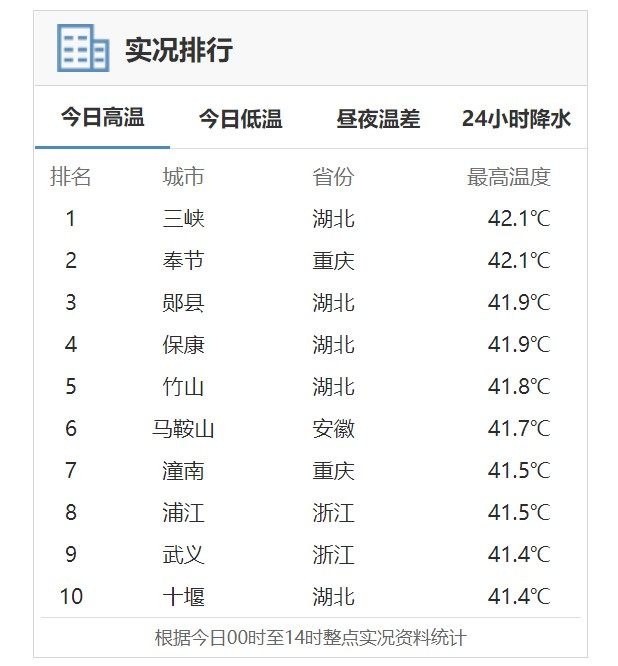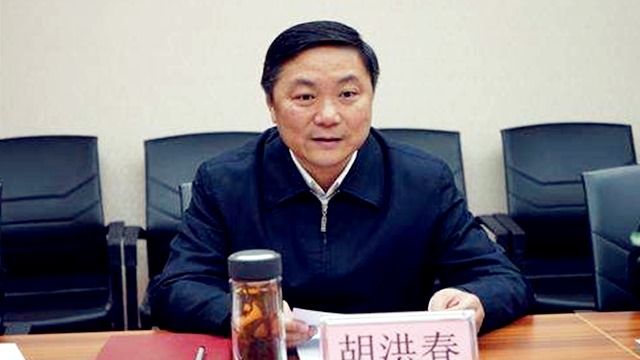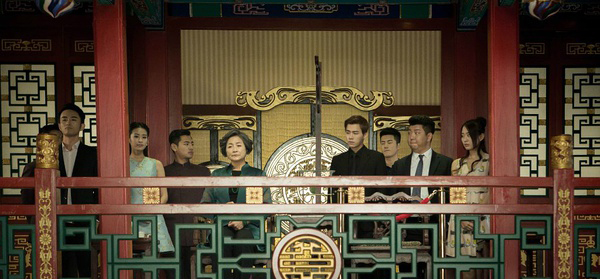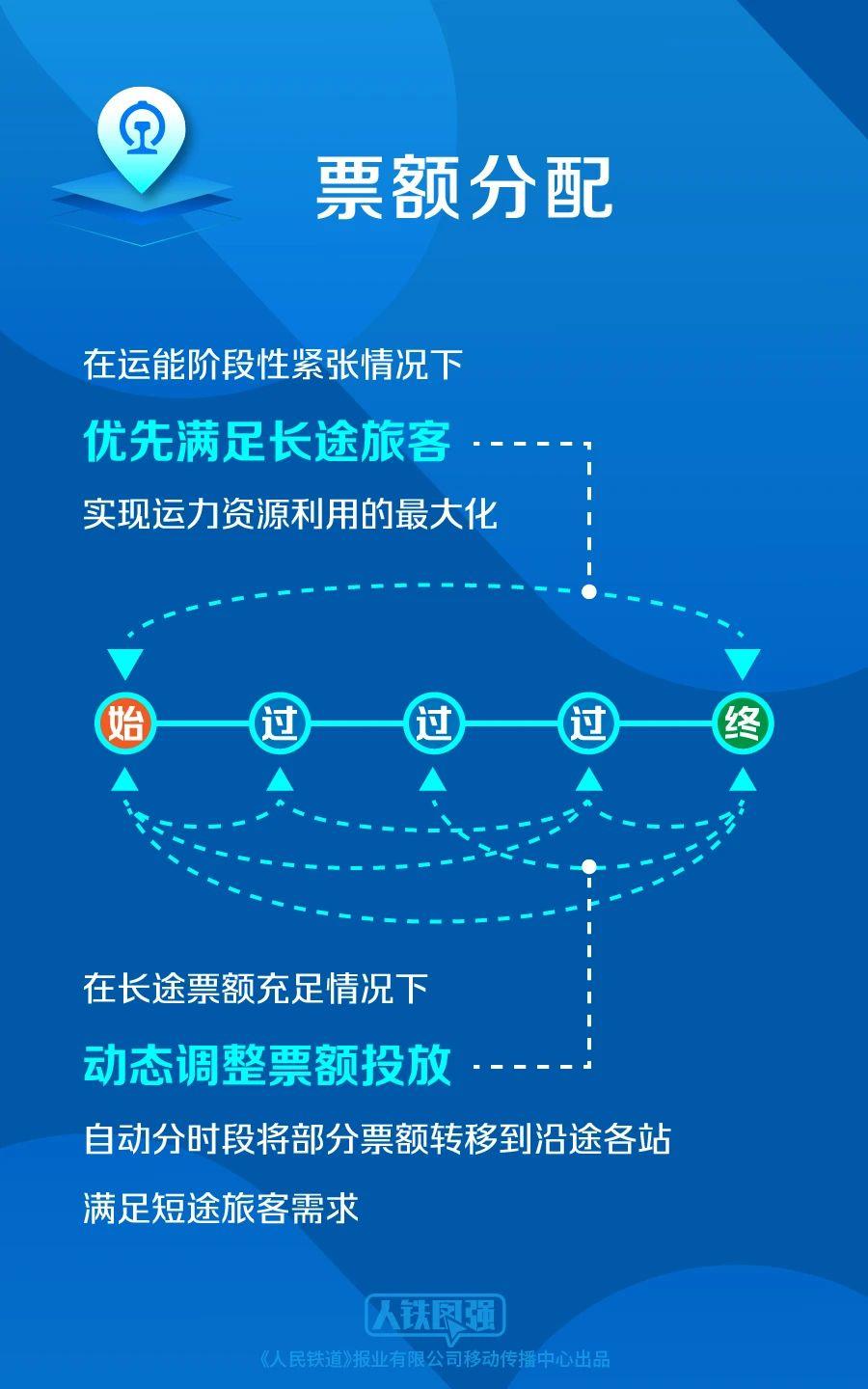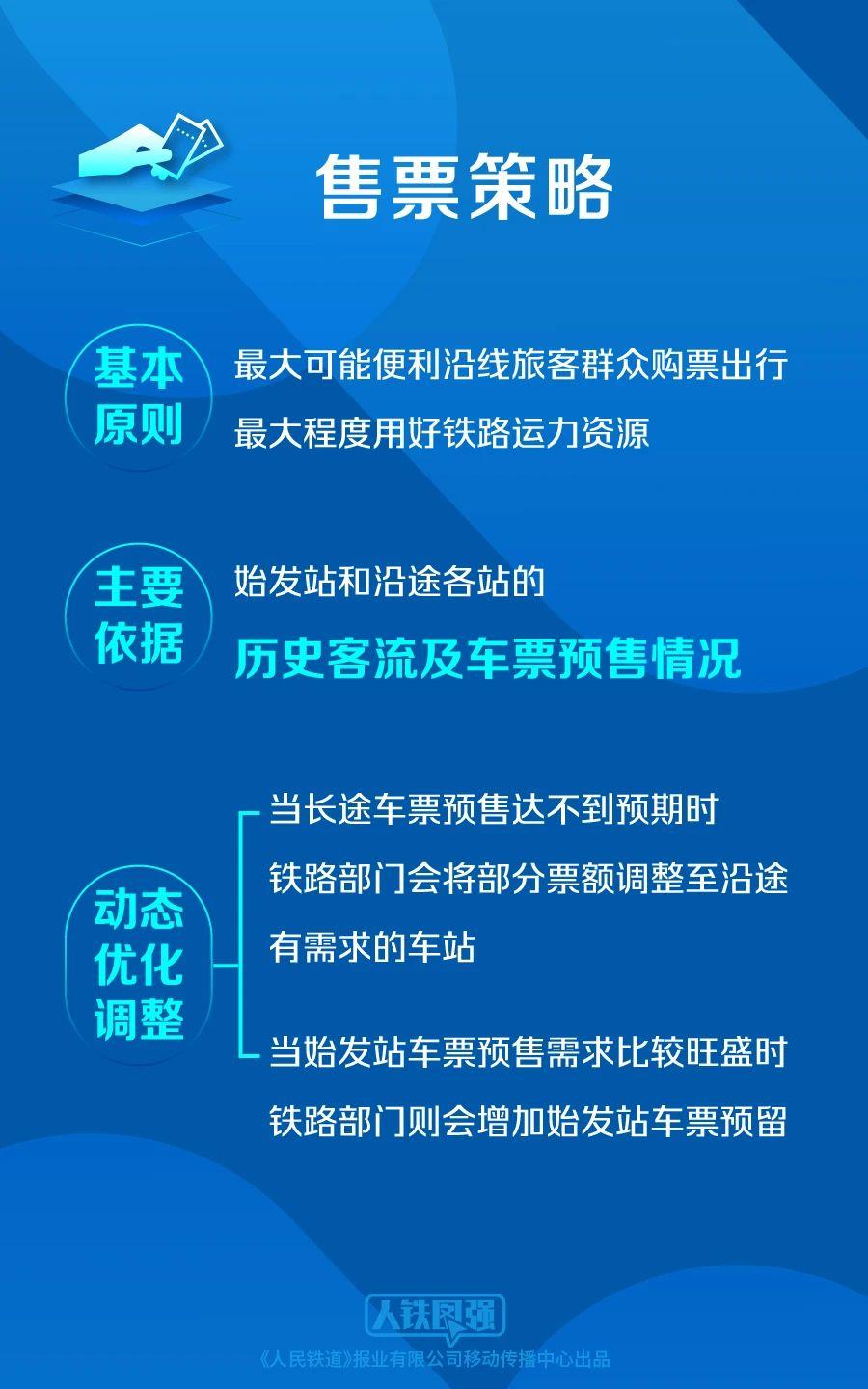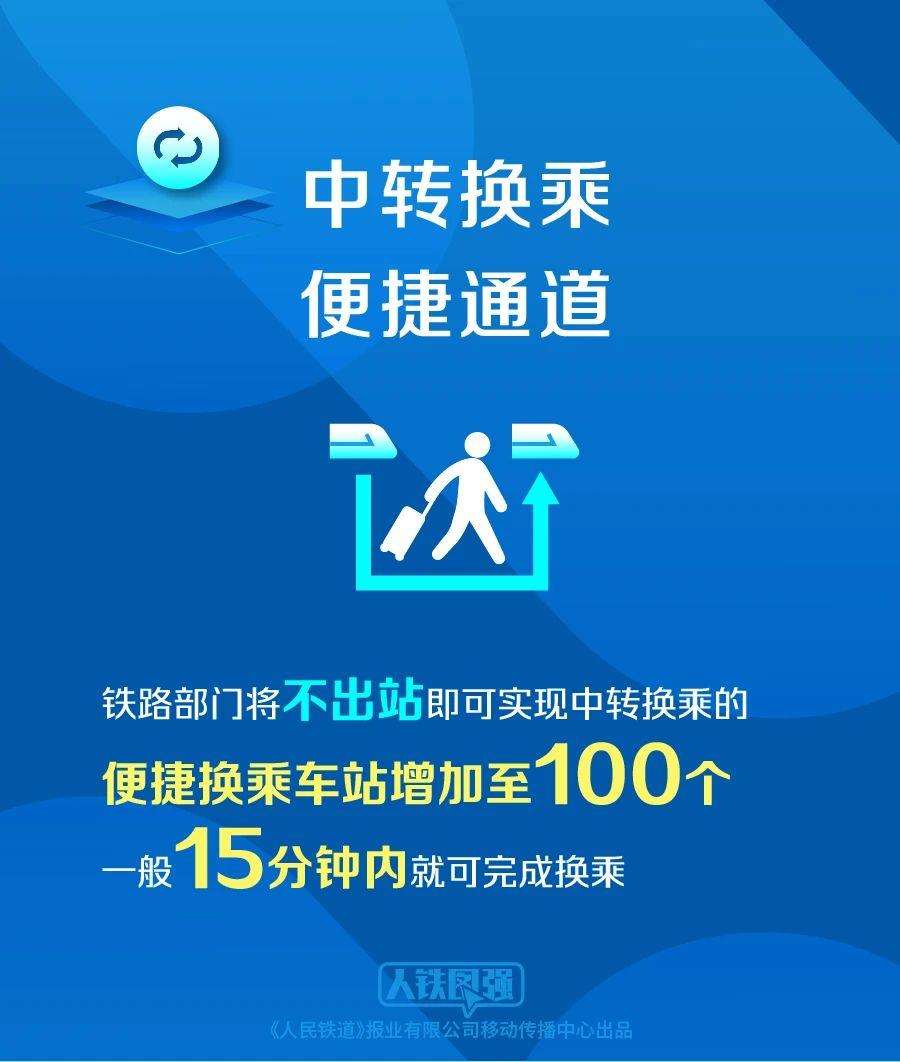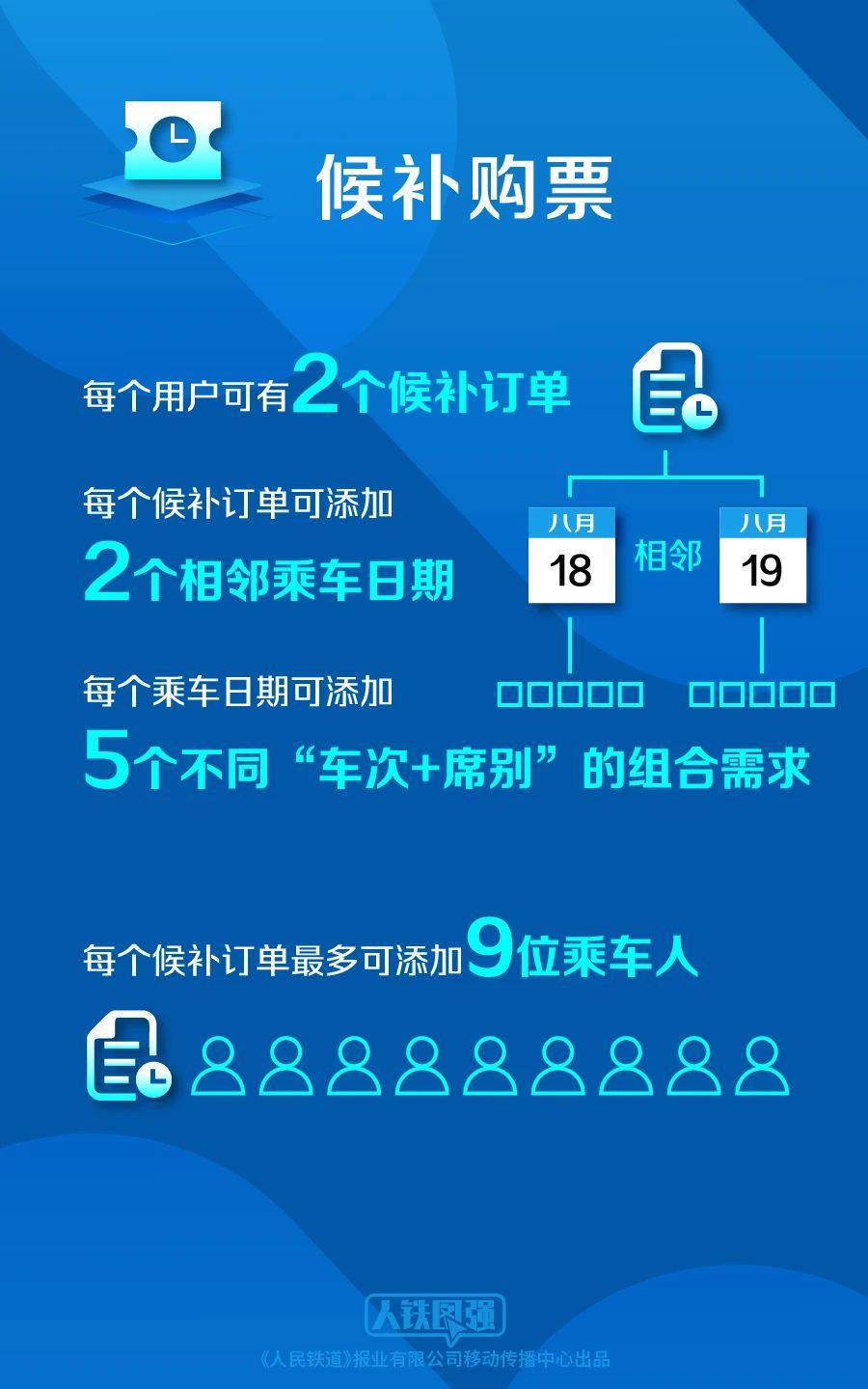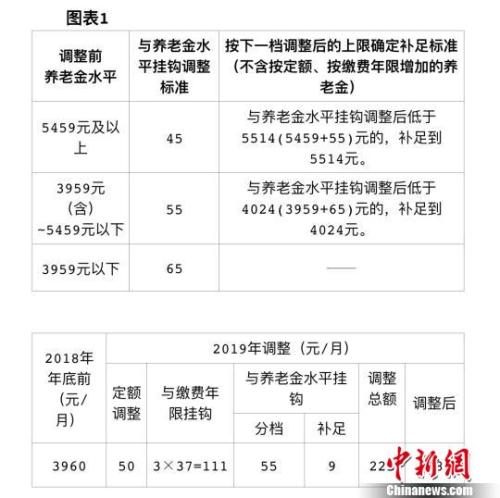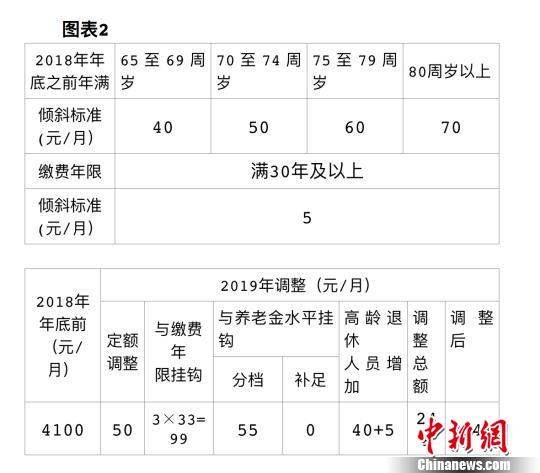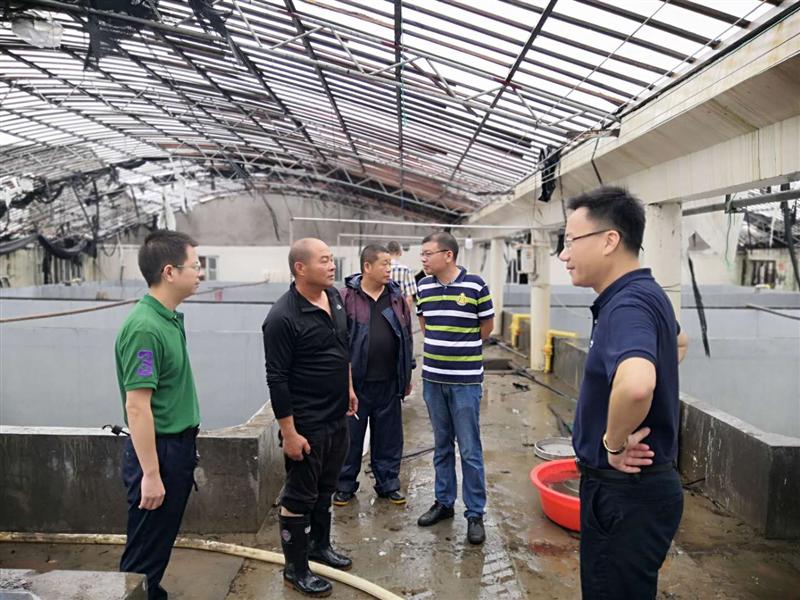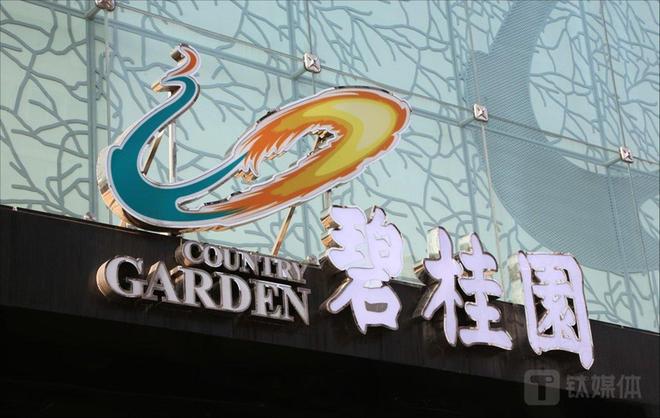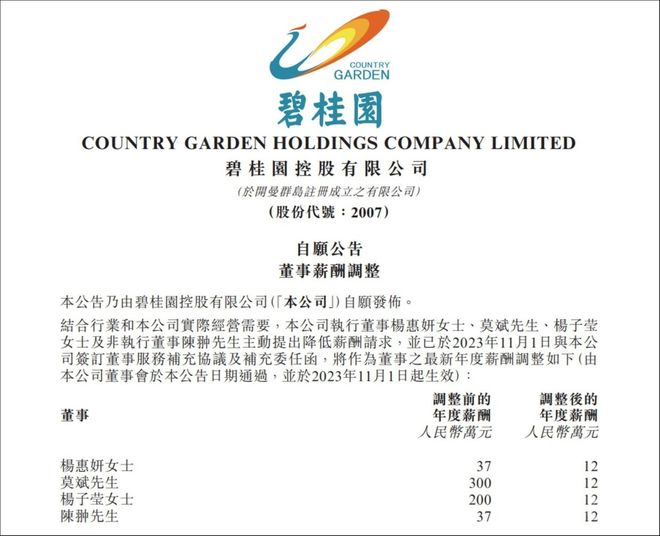Reading at night | The rumor that "radishes don’t cost money" went viral. Millions of pounds of radishes were plucked by thousands of people | My father accompanied my baby to do homework, and my moth
According to Southern Metropolis Daily, on December 3, the Provincial Supervision Committee of Guizhou Provincial Commission for Discipline Inspection informed that Gao Yongchang, a member of the former party group of Gui ‘an New District Management Committee and the former party secretary and director of Gui ‘an New District Public Security Bureau, was severely violated the law. Since the establishment of Gui ‘an New District in March 2013, Gao Yongchang, who served as the director of the Counter-Terrorism Department of Guizhou Provincial Public Security Department for nearly 8 years, was transferred to the first party secretary and director of Gui ‘an New District Public Security Bureau until June 13 this year.
According to the report, it is rare for Gao Yongchang to violate the law and discipline. In addition to the common power and money transactions of officials who have fallen off the horse, he is suspected of asking for bribes and accepting gifts in violation of regulations; There is still a lack of implementation of the work of eliminating evils, and the packaging materials should be inspected by superiors; Lending illegally and making profits; Apportion fees to relevant construction enterprises in violation of regulations; Violation of the rules to set up their own positions to appoint civil servants, illegal arrangements for close in-laws to serve and other issues.

Appoint civil servants by setting up their own positions in violation of regulations, and engage in sex trading and money trading with many women.
Gao Yongchang, who has been in charge of the Public Security Bureau of Gui ‘an New District for six years, was investigated on June 13th this year. On December 3, the Provincial Supervision Committee of the Guizhou Provincial Commission for Discipline Inspection informed that Gao Yongchang, a member of the former party group of the Gui’ an New District Management Committee and the former party secretary and director of the Gui’ an New District Public Security Bureau, seriously violated the law and gave Gao Yongchang expulsion from the party; The provincial supervisory Committee gave him the punishment of dismissal from public office; Recover their illegal income; Transfer the suspected crime to the procuratorate for review and prosecution according to law.
According to this circular, it is rare for Gao Yongchang to violate the law and discipline.
The report said: "After investigation, Gao Yongchang violated political discipline and rules, engaged in group gangs and gangs, undermined the political ecology of the Public Security Bureau of Gui’ an New District, lacked political beliefs, rumored rumors, opposed organizational censorship, and failed to report personal major matters in accordance with relevant regulations;
Violation of the spirit of the eight central regulations, formalism and bureaucracy, poor implementation of the work of eliminating evils, packaging materials to cope with superior inspections, illegal acceptance of gifts and gifts that may affect the fair execution of official duties, and illegal use of offices beyond the standard;
Violation of organizational discipline, illegal provision of help for others’ job transfer and job promotion, illegal appointment of civil servants in their own positions, and illegal arrangement of close in-laws to serve;
Violating the discipline of honesty, engaging in power and money transactions with many women, engaging in business activities in violation of regulations, and borrowing and lending from management clients in violation of regulations and making profits;
Violation of mass discipline, playing privilege, shaking power and prestige, damaging the relationship between the party and the masses, and apportioning expenses to relevant construction enterprises in violation of regulations;
Violation of life discipline and long-term improper sexual relations with others.
Violation of national laws and regulations constitutes a duty violation. Taking advantage of his position to seek benefits for others, asking for and illegally accepting other people’s property, the amount is extremely huge, and he is suspected of accepting bribes. "
He was appointed as the first public security director of Gui ‘an New District and was highly anticipated.
Gao Yongchang, a Hui nationality, was born in July 1961 in Lai ‘an County, Anhui Province. After graduating from Southwest University of Political Science and Law with a major in law in 1985, he entered the police field in Guizhou. He has been a policeman for 34 years and is an old public security officer.
Gao Yongchang’s working experience is relatively simple. He spent the first 28 years in guizhou public security and the last 6 years in charge of Gui ‘an New District Public Security Bureau.
After graduating from western politics, he joined guizhou public security. After working as a scout for 15 years at the grass-roots level, he was promoted to deputy director of guizhou public security office (command center), and then served as director and deputy director of the anti-terrorism department of the provincial public security department, director and deputy director of the command center (office).
On February 28, 2013, the Guizhou Provincial Organizing Office approved the establishment of the Gui ‘an New District Public Security Bureau to exercise the law enforcement authority of the municipal (state) public security organs. Gao Yongchang was appointed as the first party secretary and director of the Public Security Bureau of Gui ‘an New District, and was highly anticipated. In January of the following year, Gui ‘an New District was established, and Gao Yongchang became a member of the party group of Guizhou Gui ‘an New District Management Committee at the end of the year.
As the eighth national new district, Gui ‘an New District has taken the leading role in the development of Guizhou’s new economy. The planned control area of the new district is 1,795 square kilometers, involving 21 townships in four cities (districts) under the jurisdiction of Guiyang and Anshun, with a population of 1 million.
Gui ‘an New District started from scratch with a blank sheet of paper. Under the background of large-scale development and construction, there are frequent economic and social activities and a large floating population. Economic development and social stability cannot be separated from the escort of grassroots social governance. As the first public security director of Gui ‘an New District, Gao Yongchang made great contributions in defending the construction of the new district at the beginning of his duties and won praise from the local media.
Gao Yongchang said in an interview that Gui ‘an Public Security started from scratch, and achieved a breakthrough from scratch in terms of team, organization, equipment and working mechanism. The "hard bones" and "intestinal obstruction" encountered in the process of maintaining stability in the construction of the new district are all rushed to the front line by the new district public security bureau. Every large-scale project and industrial park are completed and every road is successfully opened to traffic, leaving behind the fighting figure and sweat of the police officers in the new district. More than 270 mass incidents of a certain scale have been properly handled, and all of them have been actively and steadily, and there has been no incident that has formed a scale and caused harm.
With the remarkable achievements in the development and construction of Gui ‘an New District, Gao Yongchang, who performed the duty of maintaining and ensuring the social stability of the new district, embarked on the road of corruption and fell to his post six years later.
Two long-term evil gangs were destroyed on the day when the central supervision team was stationed.
Gao Yongchang was informed that there was a problem of violation of law and discipline, such as "less action to eliminate evils and poor implementation, and packaging materials to cope with superior inspection".
Two months before Gao Yongchang’s fall, the 19th Central Supervision Team stationed in Gui ‘an New District, and Gao Yongchang directed and implemented the network-closing operation to crack down on "routine loans".
Huaxi University Town, located in the southeast of Gui ‘an New District, has nine colleges and universities with 150,000 teachers and students. In recent years, college students have been repeatedly infringed by "routine loans". At the end of 2018, Xiaolong (pseudonym), a 2016 student in University Town, reported to guizhou public security that he had been set up by criminals and owed 160,000 yuan in debt within two months. He was threatened to drop out of school if he failed to pay the debt. After investigation, the police found that there were seven students in Huaxi University Town who were forced to drop out of school because of the "routine loan" implemented by this criminal gang, and the highest debt among them exceeded 500,000 yuan.
According to Guiyang Daily, since 2018, the Public Security Bureau of Gui ‘an New District has received reports that college students in its jurisdiction have been forced to pay high repayment by borrowing usury.
On April 20 this year, the 19th Supervision Team of the Central Committee for Eliminating Evil was stationed in Gui ‘an New District. On the same day, the Public Security Bureau of Gui ‘an New District organized a new round of centralized network-closing operations. Under the command of Gao Yongchang, the police of the task force quickly assembled according to the action plan to carry out the arrest operation, and destroyed two evil criminal groups in one fell swoop within two days, and arrested 12 major criminal suspects of the group.
One of the two evil criminal groups is the "routine loan" evil gang headed by Yang, which takes college students as the object of infringement, lends money to students, and uses soft violence, illegal detention, threats, intimidation and other means to collect debts. Another gang involved in black gangs, Liu Moumou, has been carrying out illegal crimes such as blocking work and blocking roads, seizing projects, gathering people to fight, intentionally hurting, seeking trouble, teasing and insulting women in Gaofeng Town, Gui ‘an New District since 2013, and has been oppressing the people for a long time, running rampant in villages and doing evil.
At that time, the media reported that in less than two days, the two centralized network-closing operations had great momentum and fruitful results, which greatly shocked the crime.
Since the supervision and rectification, Gui ‘an New District has carried out a special campaign to eliminate evils and crack down on new crimes such as "campus loans" and "routine loans". Since July this year, the number of criminal cases in the university town and its surrounding areas has dropped significantly, and the cases of "campus loan", "routine loan" and "two robberies" have been effectively curbed.
Three months after Gao Yongchang was investigated, on September 23, Gui ‘an New District held the third meeting of the leading group for the rectification of the special struggle against evil in 2019, and allowed pornography, gambling, drugs and evil forces to go unchecked, dereliction of duty and even connivance, and acted as a special rectification promotion meeting for the "umbrella" issue, and arranged and deployed related work.
On November 3rd, the 19th Supervision Team of the Central Committee for Eliminating Evil came to Huaxi University Town to have a discussion and exchange with more than 10 university leaders, teachers and students. Han Hui, secretary of the Party Committee of Guizhou Normal University, said, "Since the launch of the special struggle against evil, especially since the supervision in April, the sense of security of teachers and students in the school has been greatly improved. What everyone is most concerned about is how to establish a long-term mechanism to make the sense of security last."
Two subordinates fell, and one of them acted as an "umbrella" for evil forces.
After Gao Yongchang’s fall, his two subordinates were investigated successively.
On August 6th, Huang Minggui, deputy commander (presiding) of the Third Brigade of the Criminal Investigation Detachment of the Public Security Bureau of Gui ‘an New District, was investigated. The Commission for Discipline Inspection and Supervision of Gui ‘an New District informed that Huang Minggui was suspected of serious violation of discipline and law, acting as a "protective umbrella" for evil forces, and was currently under disciplinary review and supervision investigation by the Commission for Discipline Inspection and Supervision of Gui ‘an New District. Huang Minggui was transferred to the Public Security Bureau of Gui ‘an New District in December 2013. In July 2016, he served as the deputy captain of the third brigade of the criminal investigation detachment (presiding).
On October 12, the Discipline Inspection and Supervision Working Committee of Gui ‘an New District informed that Xiao Wanlong, the detachment leader of the traffic police detachment of Gui ‘an New District Public Security Bureau, was suspected of serious violation of the law and was under investigation. Xiao Wanlong was appointed as the temporary head of the traffic police detachment of Gui ‘an New District Public Security Bureau after the establishment of Gui ‘an New District Public Security Bureau in 2013. In September 2015, he was appointed as the detachment leader of the traffic police detachment of the Public Security Bureau of Gui ‘an New District.
Attached:
Gao Yongchang’s resume
Gao Yongchang, male, Hui nationality, born in July 1961, from Lai ‘an County, Anhui Province, joined the work in July 1985 and joined the Communist Party of China (CPC) in December 1988, with a bachelor’s degree.
From September 1981 to July 1985, he studied law at Southwest University of Political Science and Law;
1985.07-1994.07 Inspector of guizhou public security Office;
1994.07-1995.07 Deputy Section Inspector of guizhou public security Office;
1995.07-1997.11 Deputy Chief, Research Section, guizhou public security Office;
1997.11-2000.10 Chief, Research Section, guizhou public security Office;
October 2000-July 2005 Deputy Director of guizhou public security Office (Command Center) (Deputy Division Level);
2005.07-2008.06 Director and Deputy Director of the Counter-Terrorism Department of guizhou public security (director level);
2008.06-2013.03 Director of Counter-Terrorism Department and Deputy Director of Command Center (Office) in guizhou public security;
2013.03-2014.12 Party Secretary and Director of Public Security Bureau of Gui ‘an New District, Guizhou;
2014.12-2019.06 Member of the Party Group of Guizhou Gui ‘an New District Management Committee (concurrently), Party Secretary and Director of Gui ‘an New District Public Security Bureau.
Original title: The police chief who swept the black and fooled his superiors was double-opened, engaged in power trading with many women, and also raised mistresses for a long time.
[Disclaimer] The texts, pictures, audio and video that are not marked with "Source: Upstream News-chongqing morning post" or "Upstream News LOGO" on the upstream news client are all reposted. If the reposted manuscript involves copyright issues, please contact the upstream news.

